Invasive bulb in my lawn
nan2263
15 years ago
Featured Answer
Comments (15)
Chemocurl zn5b/6a Indiana
15 years agolast modified: 9 years agoRelated Professionals
Norfolk Landscape Architects & Landscape Designers · Carson Landscape Architects & Landscape Designers · Walnut Landscape Architects & Landscape Designers · Mount Wilson Landscape Architects & Landscape Designers · Edmond Landscape Contractors · Belmont Landscape Contractors · Davidson Landscape Contractors · Mahwah Landscape Contractors · Nutley Landscape Contractors · Pueblo West Landscape Contractors · Richmond Landscape Contractors · San Benito Landscape Contractors · Santa Maria Landscape Contractors · Waipahu Landscape Contractors · Clearfield Landscape Contractorsbelfastmom
15 years agolast modified: 9 years agoChemocurl zn5b/6a Indiana
15 years agolast modified: 9 years agonan2263
15 years agolast modified: 9 years agoChemocurl zn5b/6a Indiana
15 years agolast modified: 9 years agoflowergirl70ks
15 years agolast modified: 9 years agovetivert8
15 years agolast modified: 9 years agoChemocurl zn5b/6a Indiana
15 years agolast modified: 9 years agoNancy
15 years agolast modified: 9 years agoflowergirl70ks
15 years agolast modified: 9 years agohugs_wowway_com
12 years agolast modified: 9 years agoChemocurl zn5b/6a Indiana
12 years agolast modified: 9 years agoladyrose65
9 years agolast modified: 9 years agoAllison Alerine
8 years agolast modified: 8 years ago
Related Stories
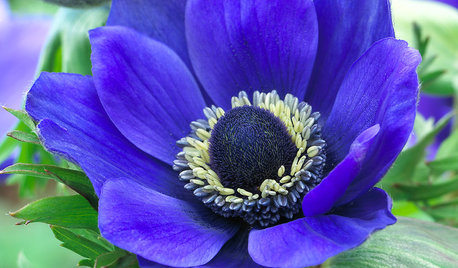
FALL GARDENING6 Splendid Blue-Flowering Bulbs
How do you blue? With colors from sky to cobalt, these bulbs will greet you merrily in a spring garden
Full Story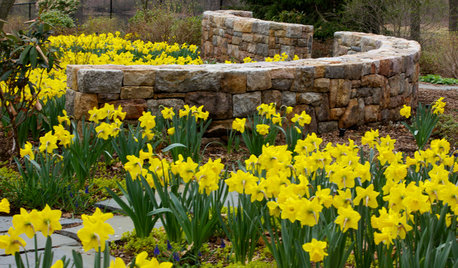
GARDENING GUIDES10 Beautiful Ways to Landscape With Bulbs
Planting bulbs wisely in fall can turn a spring garden glorious with joyful colors and profuse blooms that last through summer
Full Story
GARDENING GUIDESDo You Have This Invasive Plant in Your Yard?
Garlic mustard is spreading across the U.S. Here’s how to spot it and what to do
Full Story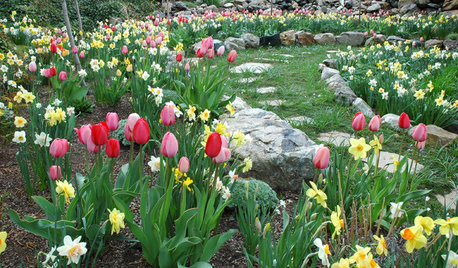
GARDENING GUIDESGardening With Kids: How to Plant Bulbs
You don't need expertise to get flowering bulbs in the ground in fall — but kids will feel like gardening pros come spring
Full Story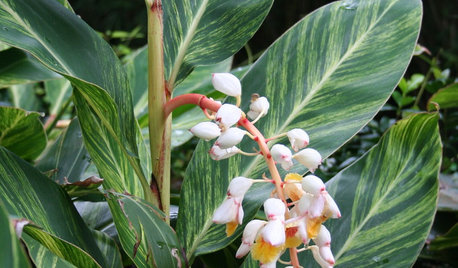
GARDENING GUIDES7 Tropical Bulbs for a Summer Garden That Wows
Try these stunners in summer's powerful heat for garden thrills with an exotic flair
Full Story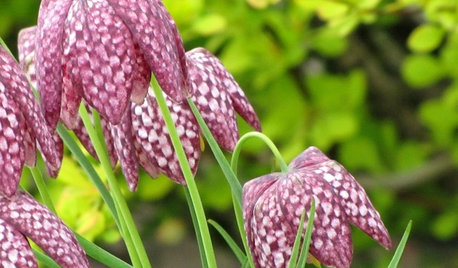
FALL GARDENING7 Delightfully Different Bulbs for Your Spring Garden
Fall planting: Stray from the standards for a more exotic spring garden that draws applause
Full Story
MOST POPULARMeet a Lawn Alternative That Works Wonders
Carex can replace turfgrass in any spot, is low maintenance and adjusts easily. Add its good looks and you’ve got a ground cover winner
Full Story
LANDSCAPE DESIGN7 Low-Maintenance Lawn Alternatives
Turf isn't the only ground cover in town. Get a lush no-grass lawn with clover, moss and other easy-care plants
Full Story
EARTH DAYThe Case for Losing the Traditional Lawn
Work less, help the environment and foster connections by just saying no to typical turf
Full Story
FRONT YARD IDEASBefore and After: Front Lawn to Prairie Garden
How they did it: Homeowners create a plan, stick to it and keep the neighbors (and wildlife) in mind
Full StorySponsored
Columbus Area's Luxury Design Build Firm | 17x Best of Houzz Winner!
More Discussions






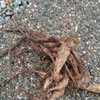
stimpy926